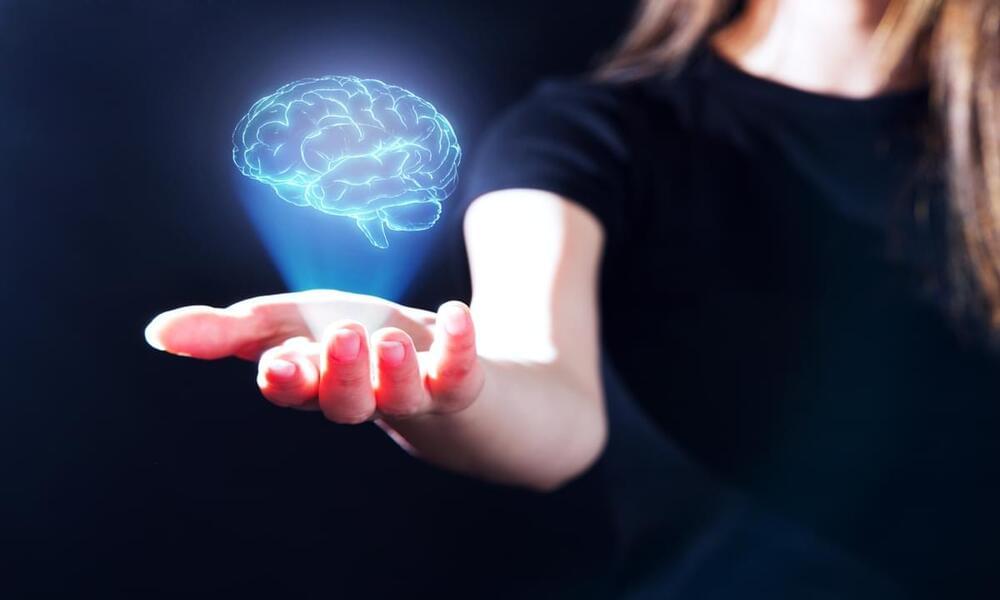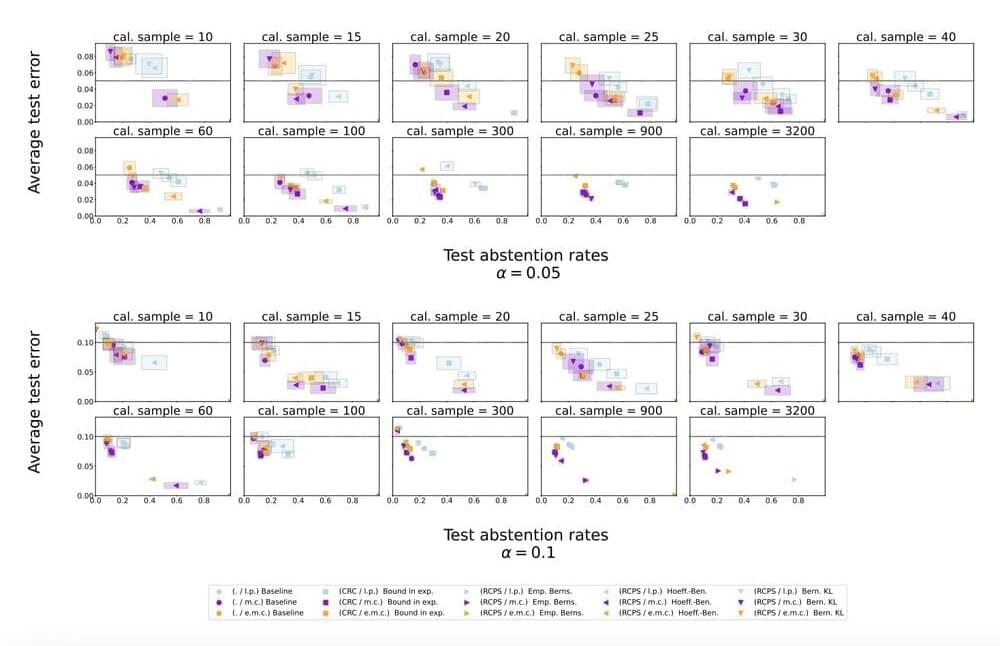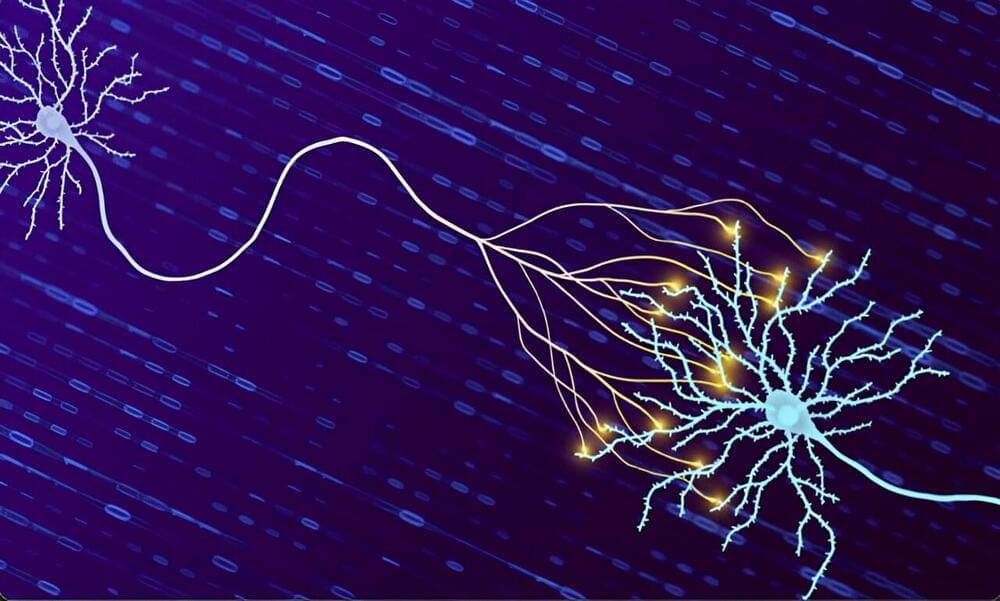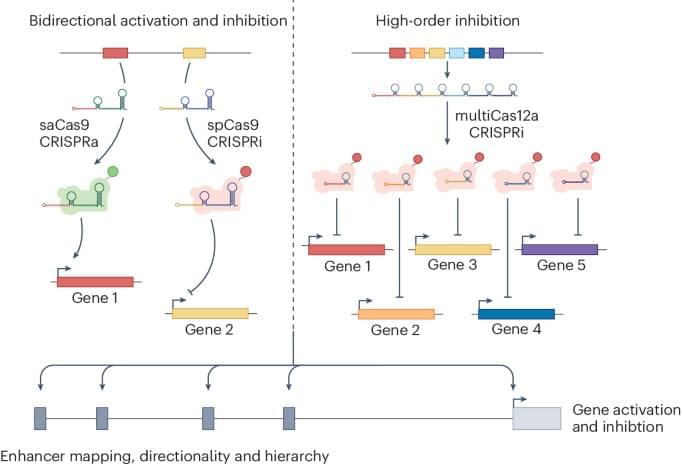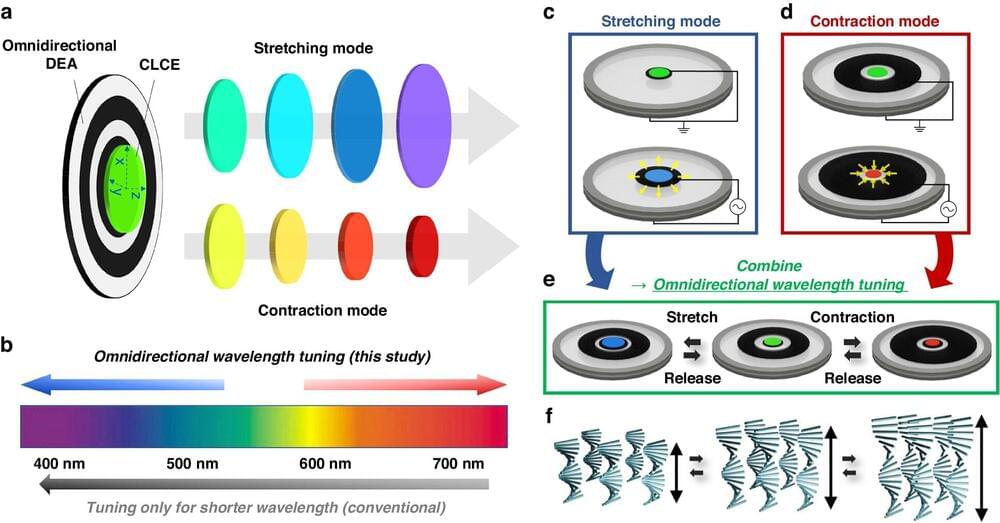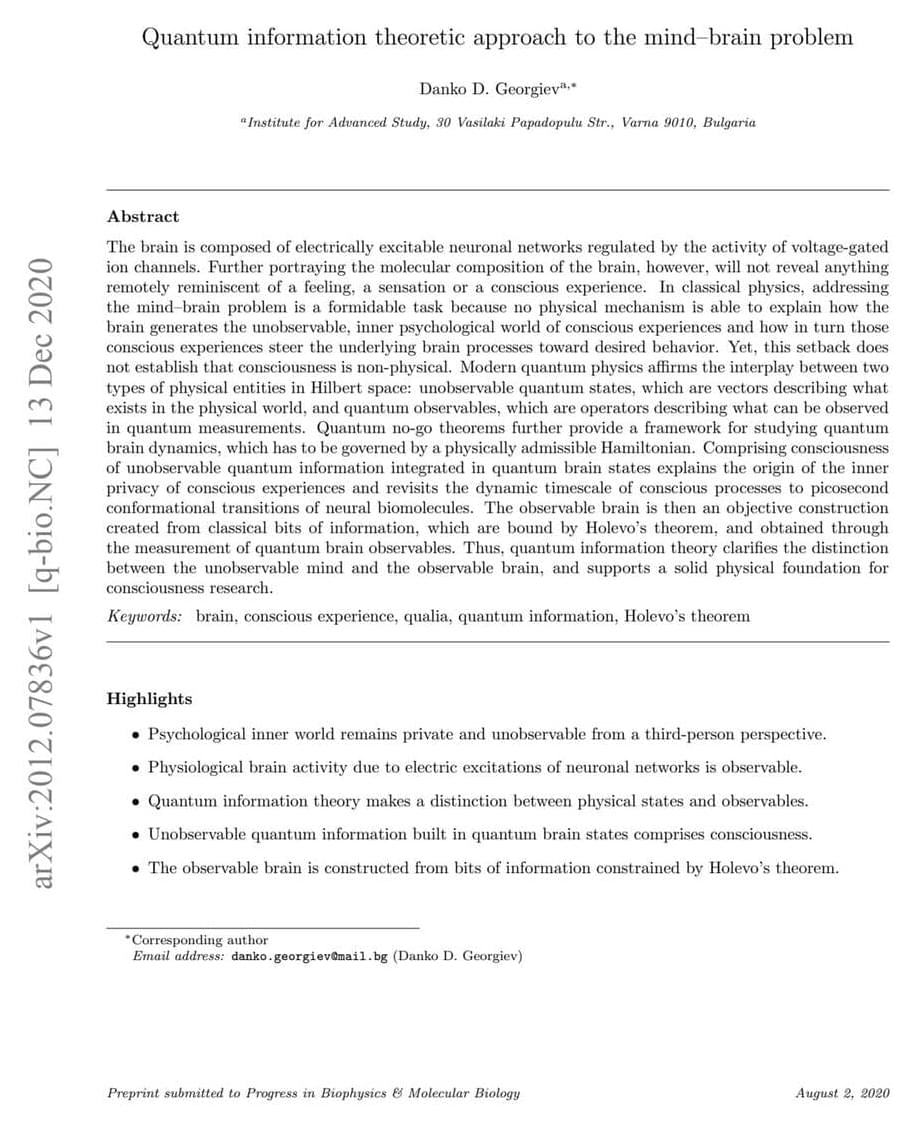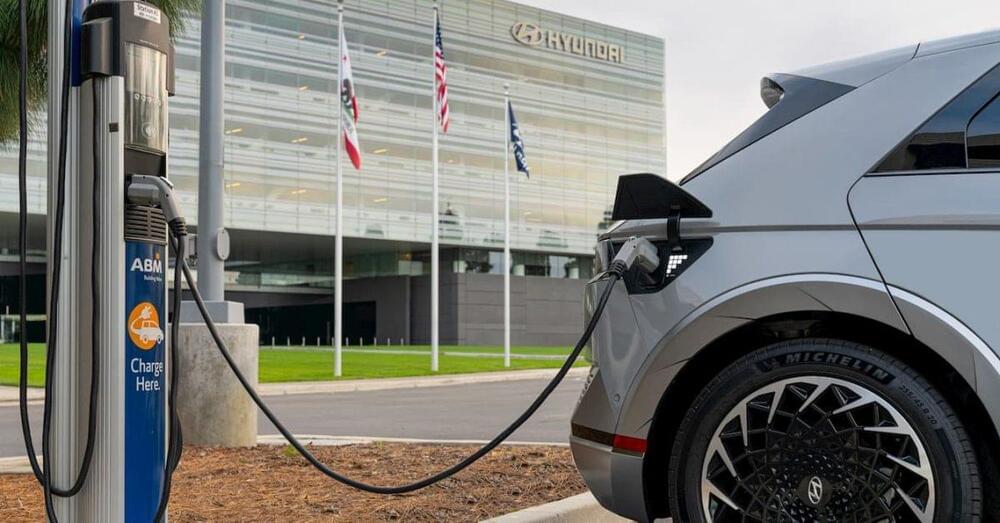May 23, 2024
Neural networks: What it takes to build brain-like computers
Posted by Dan Breeden in categories: robotics/AI, transportation
Although this is still an emerging area of research, a new study has announced a leap. Researchers from the Center for Neuromorphic Engineering at the Korea Institute of Science and Technology (KIST) have implemented an integrated hardware system consisting of artificial neurons and synaptic devices using hexagonal boron nitride (hBN) material.
They aimed to construct building blocks of neuron-synapse-neuron structures that can be stacked to develop large-scale artificial neural networks.
Continue reading “Neural networks: What it takes to build brain-like computers” »


